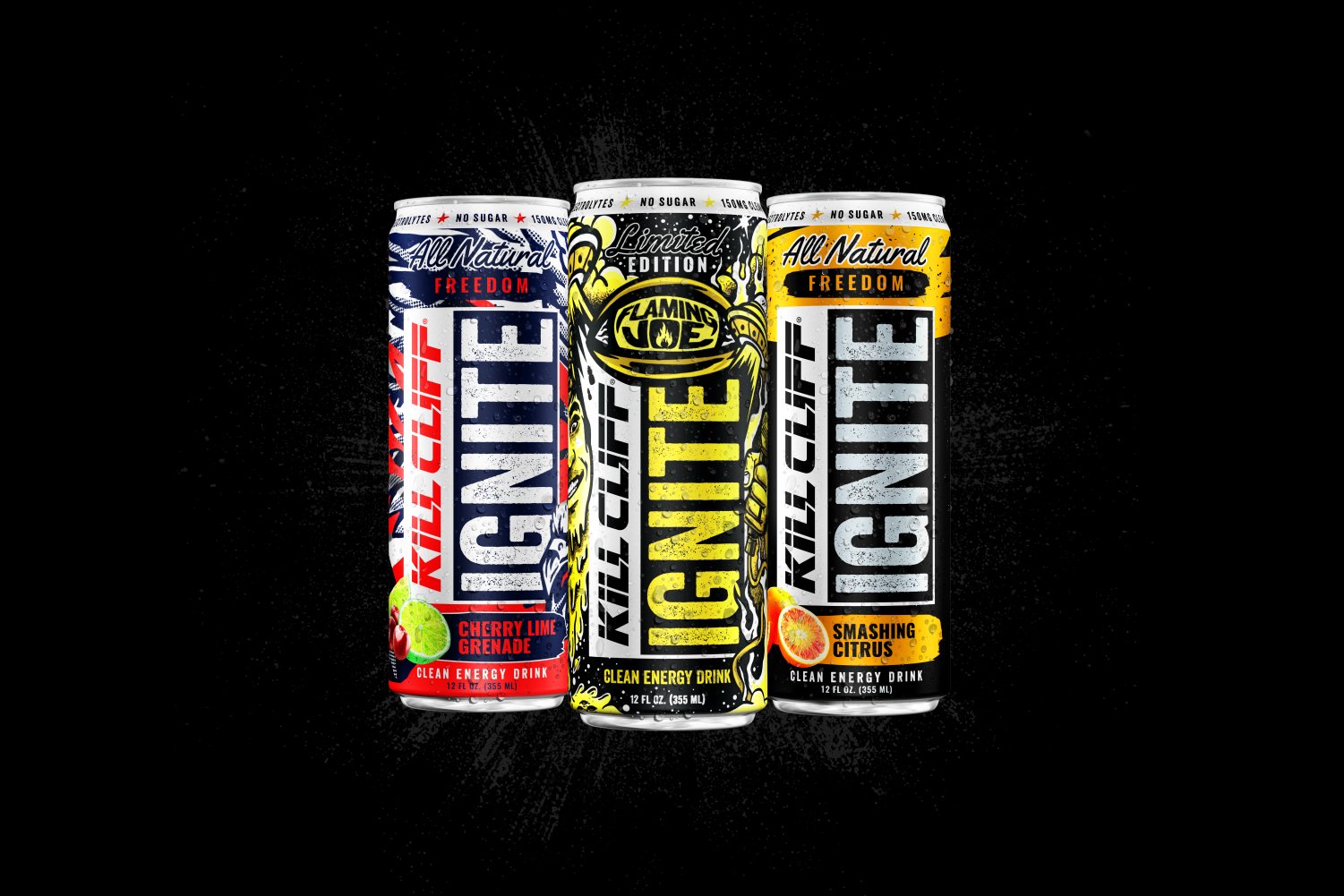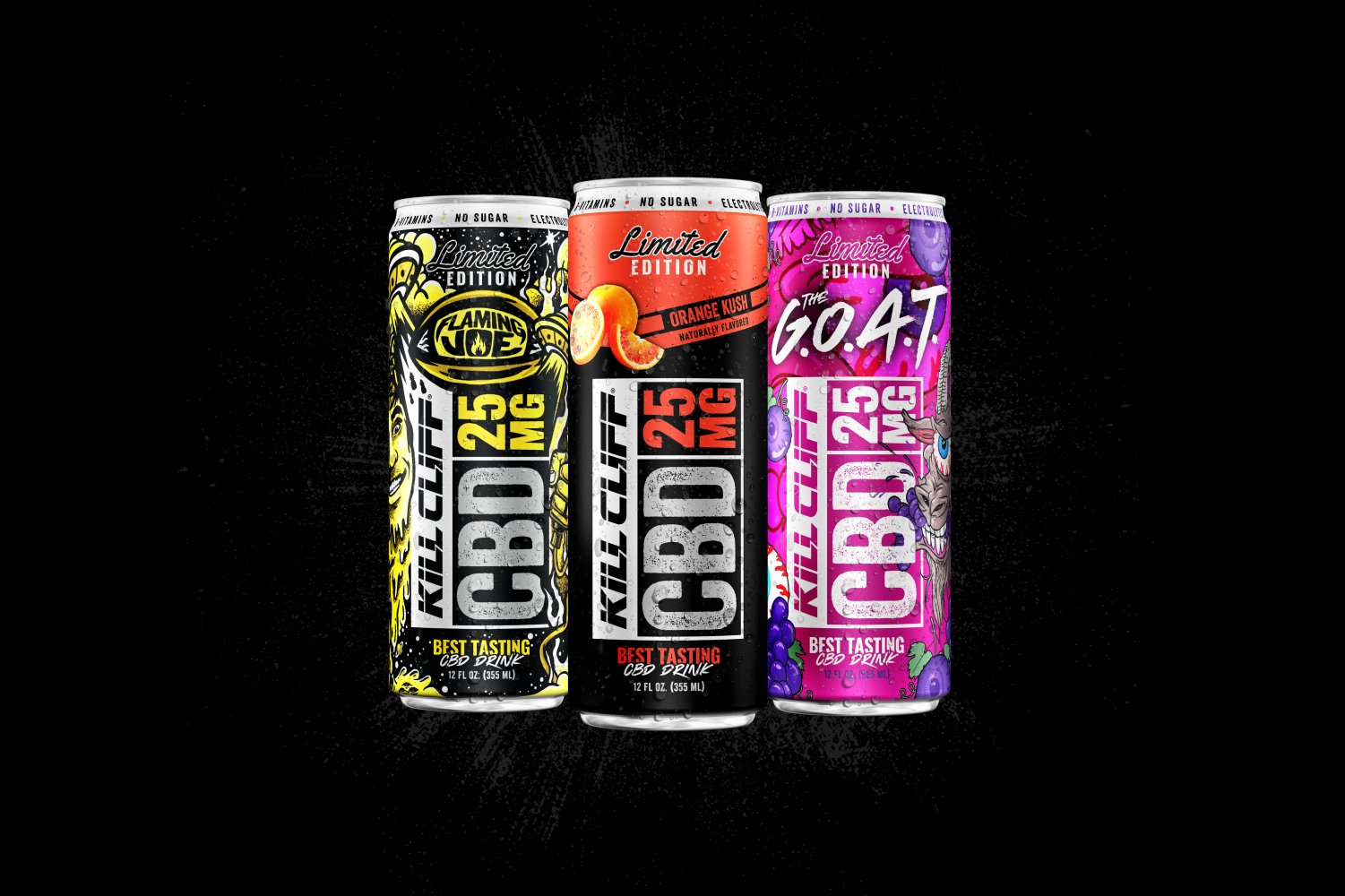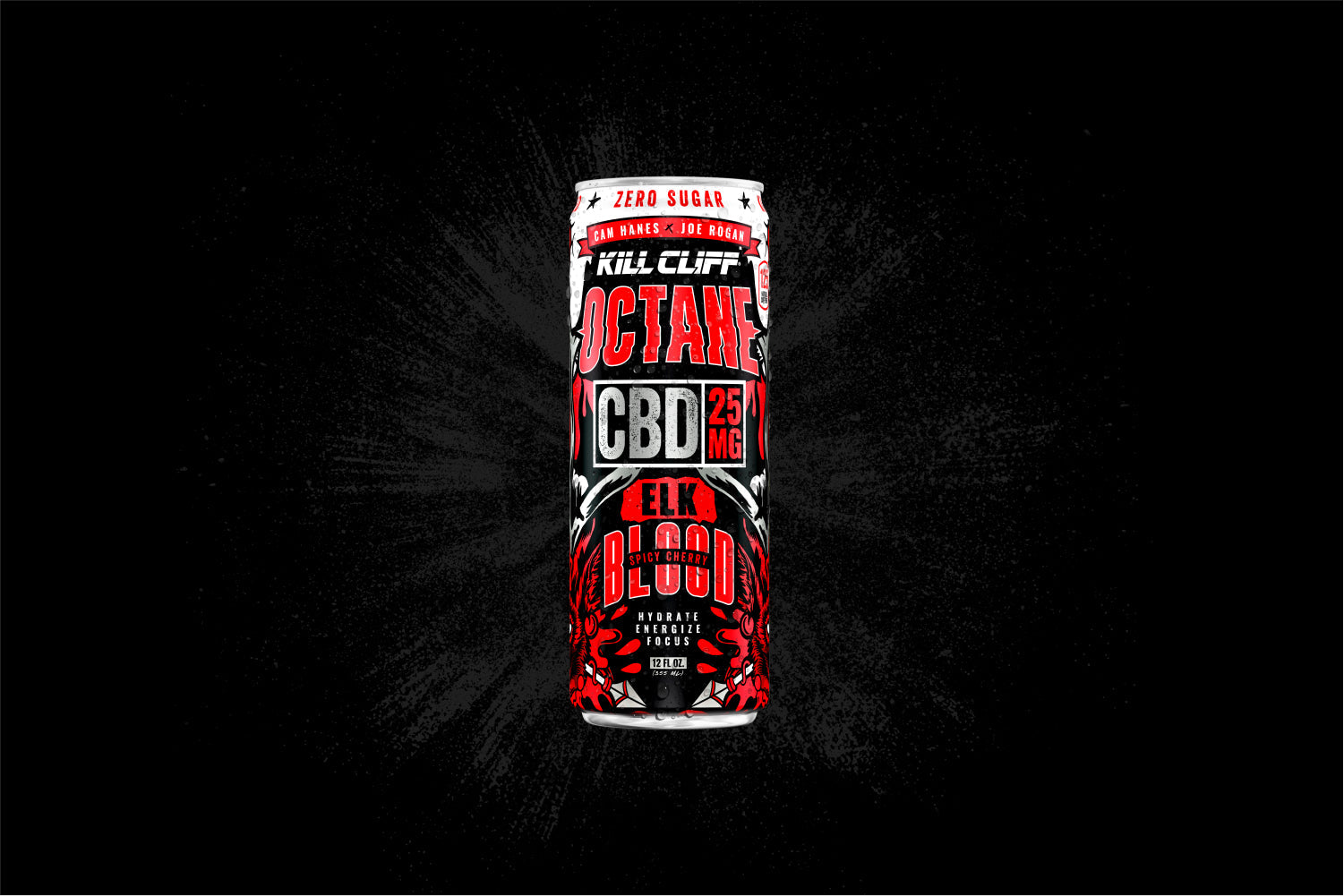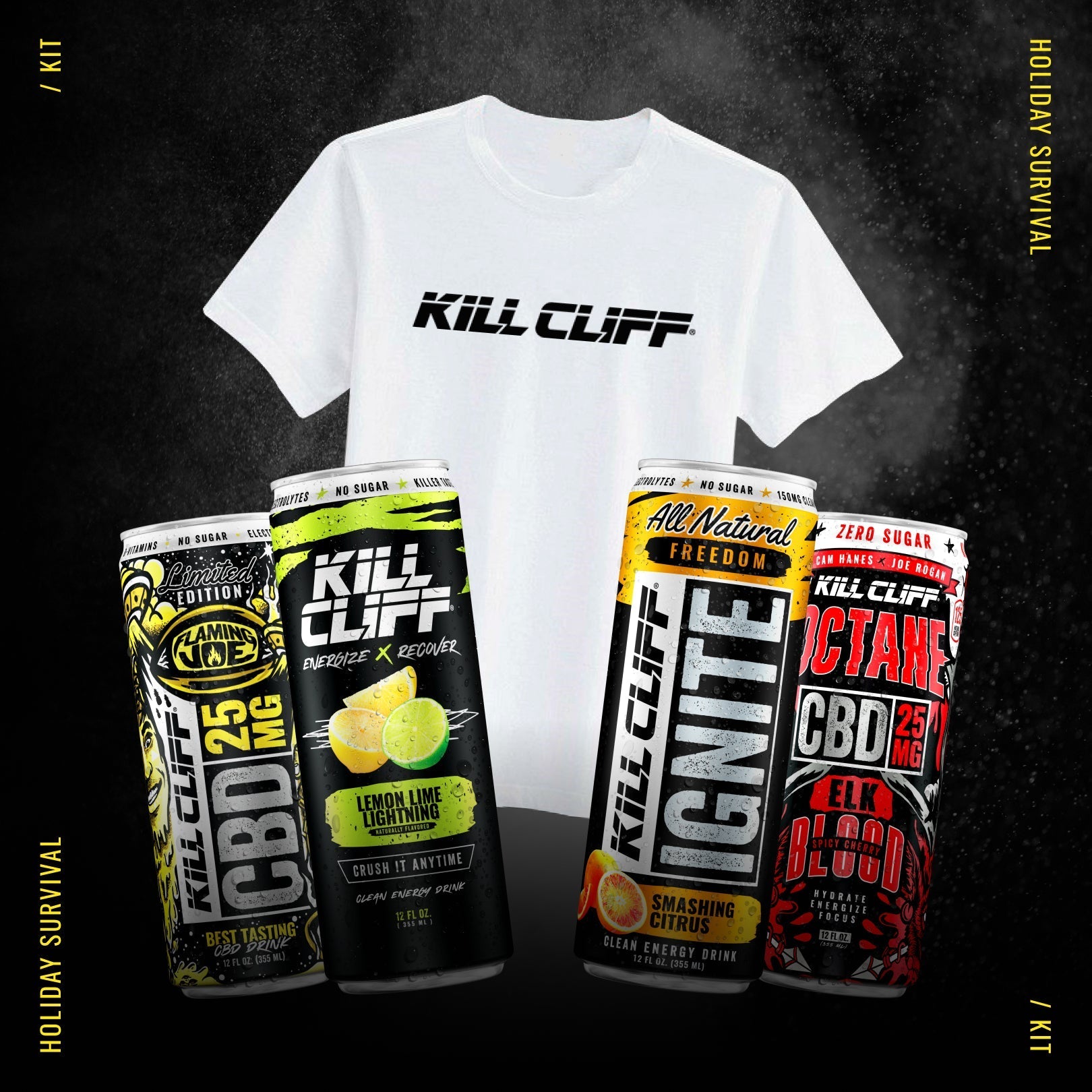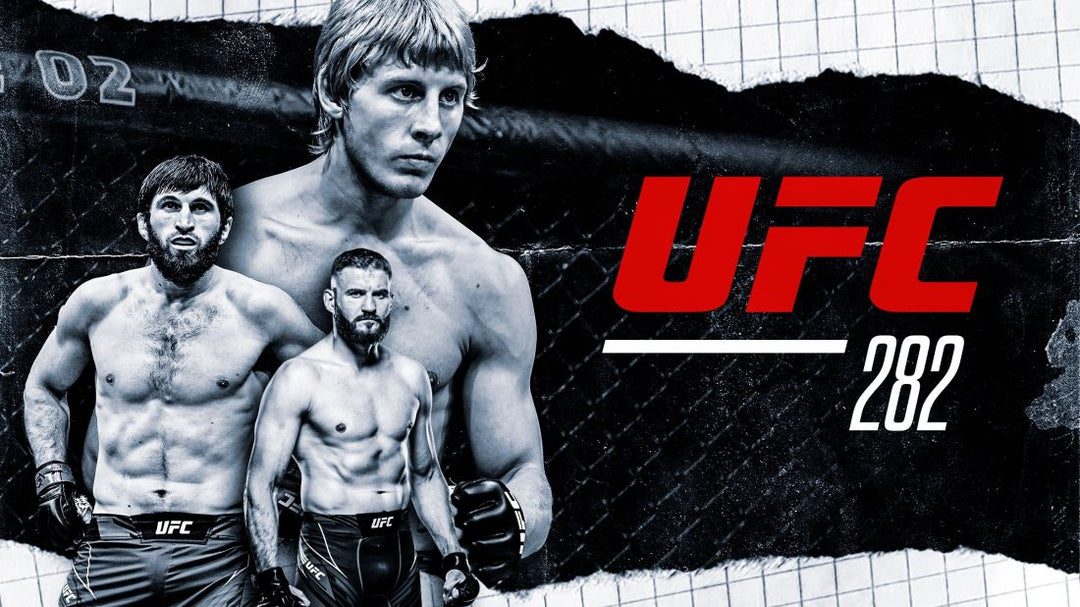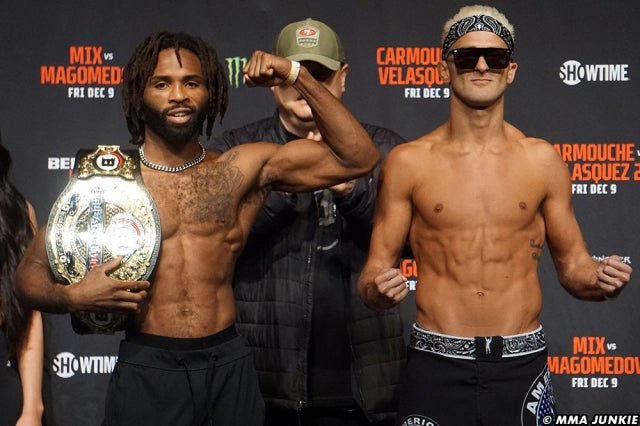You might know the feeling, but we sincerely hope you do not:
- Throbbing pain or pulsing on a side of your head.
- Nausea, vomiting, or sensitivity to light or sound.
- Loss of appetite; changes in taste or smell.
- Blind spots in your vision, or the loss of vision altogether.
It’s not COVID. (Although it might be, come to think of it; get tested.)
But more likely it is the ailment that affects millions upon millions of human brains: These are the agonizing symptoms of what is known as migraine headaches.
When Does It End?
The symptoms could last for hours, even days, and they can be so severe that they prevent you from doing your daily activities. Or worse, they send you to the hospital.
At-home remedies usually involve a healthy dose of sleep and aspirin. Other fixes might include putting an ice pack on your forehead, drinking plenty of liquid, or frequent and deep meditation.
Caffeine has been touted for mild relief by helping the body absorb certain migraine medications faster.
CBD to the Rescue
There’s one organic compound that studies show can fight off painful migraines: CBD.
CBD, also known as cannabidiol, comes from the sativa plant. It doesn’t contain THC, the psychoactive ingredient found in pot that makes you feel high. Its history dates back to Central Asia where it was used medicinally in the 700s, and probably before that.
Today, the CBD industry is booming, with reports estimating it’ll grow to $16 billion by 2025.
These days you can find the CBD plant extract in CBD food, CBD toothpicks (it's a thing), CBD breath sprays, CBD tinctures, CBD bath bombs, and more.
According to surveys, a majority of people take CBD for stress relief. Others use the ingredient for chronic pain, insomnia, seizures, and depression. Research is still needed to understand a clearer picture of CBD’s effects, but we do know CBD doesn’t lead to addiction or cravings.
CBD vs. Migraines
How does CBD help with migraines?
Studies have proven that people have experienced relief from headaches after using CBD for a 30-day period. More research needs to be conducted, but so far, migraine sufferers report more relief from hemp products than they do from prescription medications. This is due to the anti-inflammatory properties and other ways the hemp extract interacts with the human brain.
How Do You Get CBD?
CBD is safe and readily available at an increasing amount of locations and in an increasing amount of “delivery systems” around the world (see above).
Our favorite way to ingest the benefits of CBD, of course, is the Kill Cliff line of CBD beverages in five “Tasty AF” ® flavors. CBD is also one of the main ingredients in the revolutionary new line of Octane beverages that boast 125mg of clean, all-natural caffeine and 25mg of CBD distilled down from 125mg of broad spectrum hemp.
There are two Octane drinks, including the original Kill Cliff Octane Cliffsicle (it tastes like it sounds; vanilla/orange ice cream) and the brand new Laser Lemons, a bold combination of citrus, ginger, clean caffeine, and, of course, 25mg of bioavailable CBD.
The amount of CBD you should take for your migraine depends on your body weight, the concentration of CBD, and individual body chemistry. Keep track of how much CBD you’re taking and monitor your symptoms before increasing dosage. A recommended starting dose is 20mg to 40mg a day.

